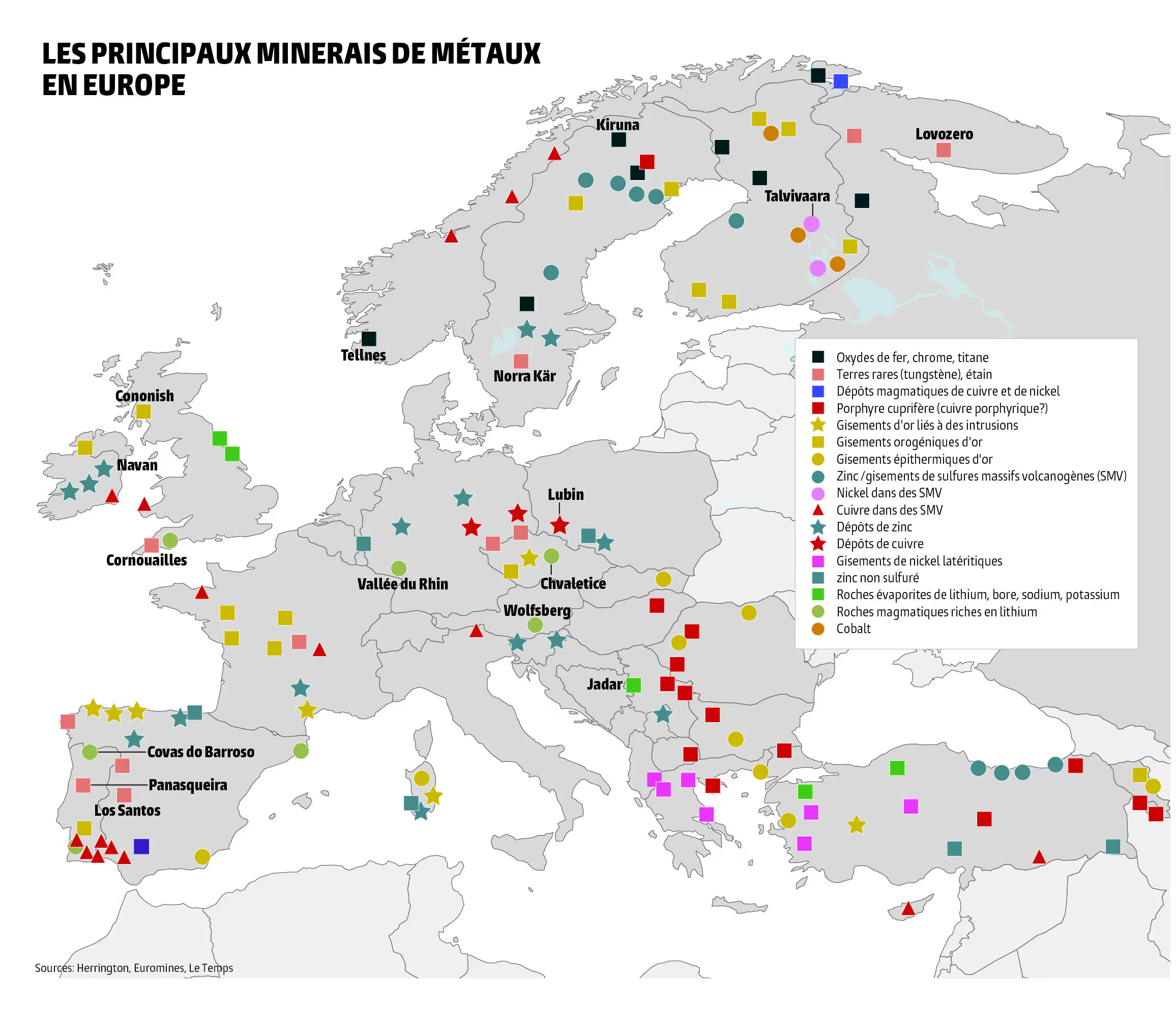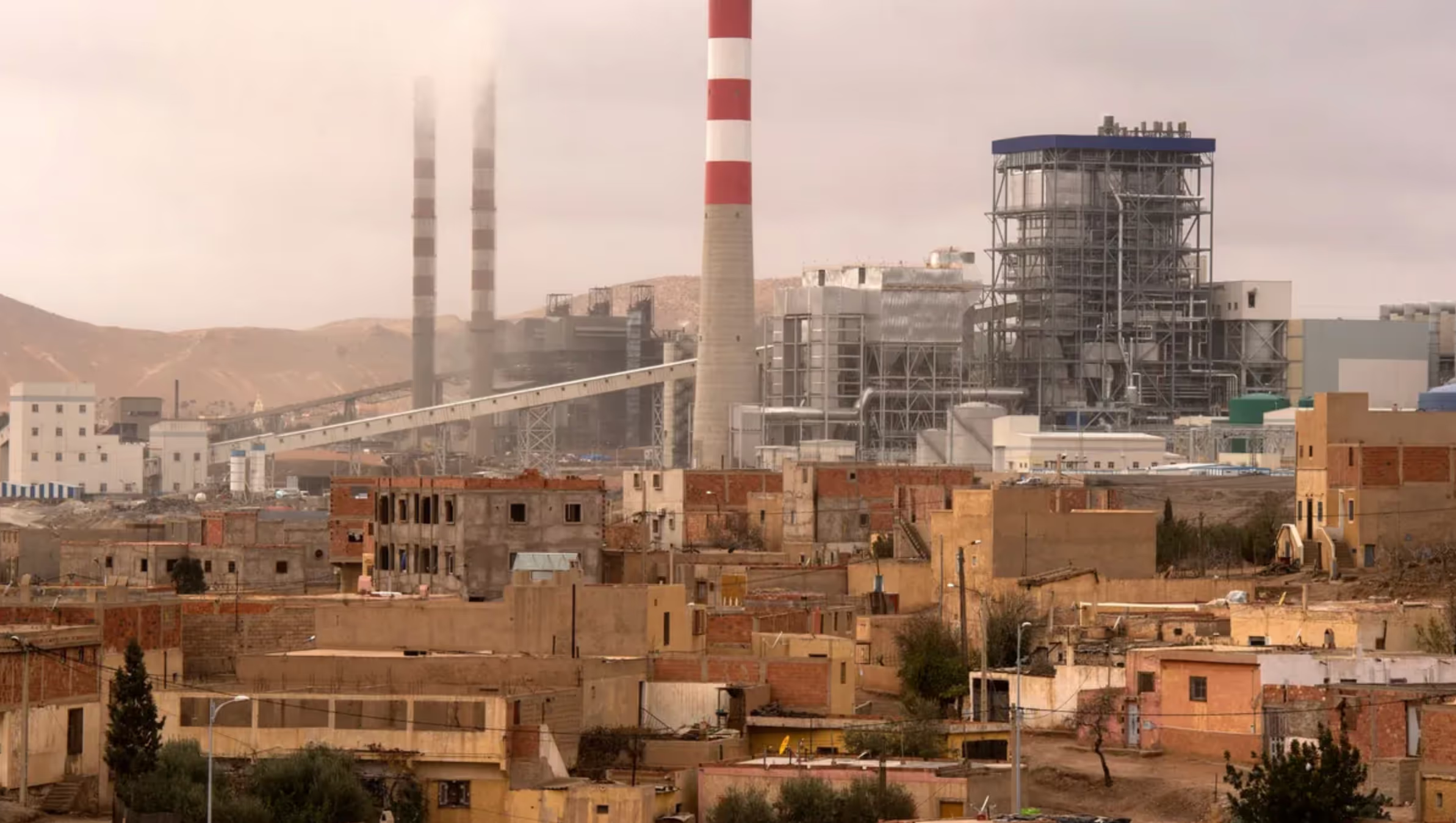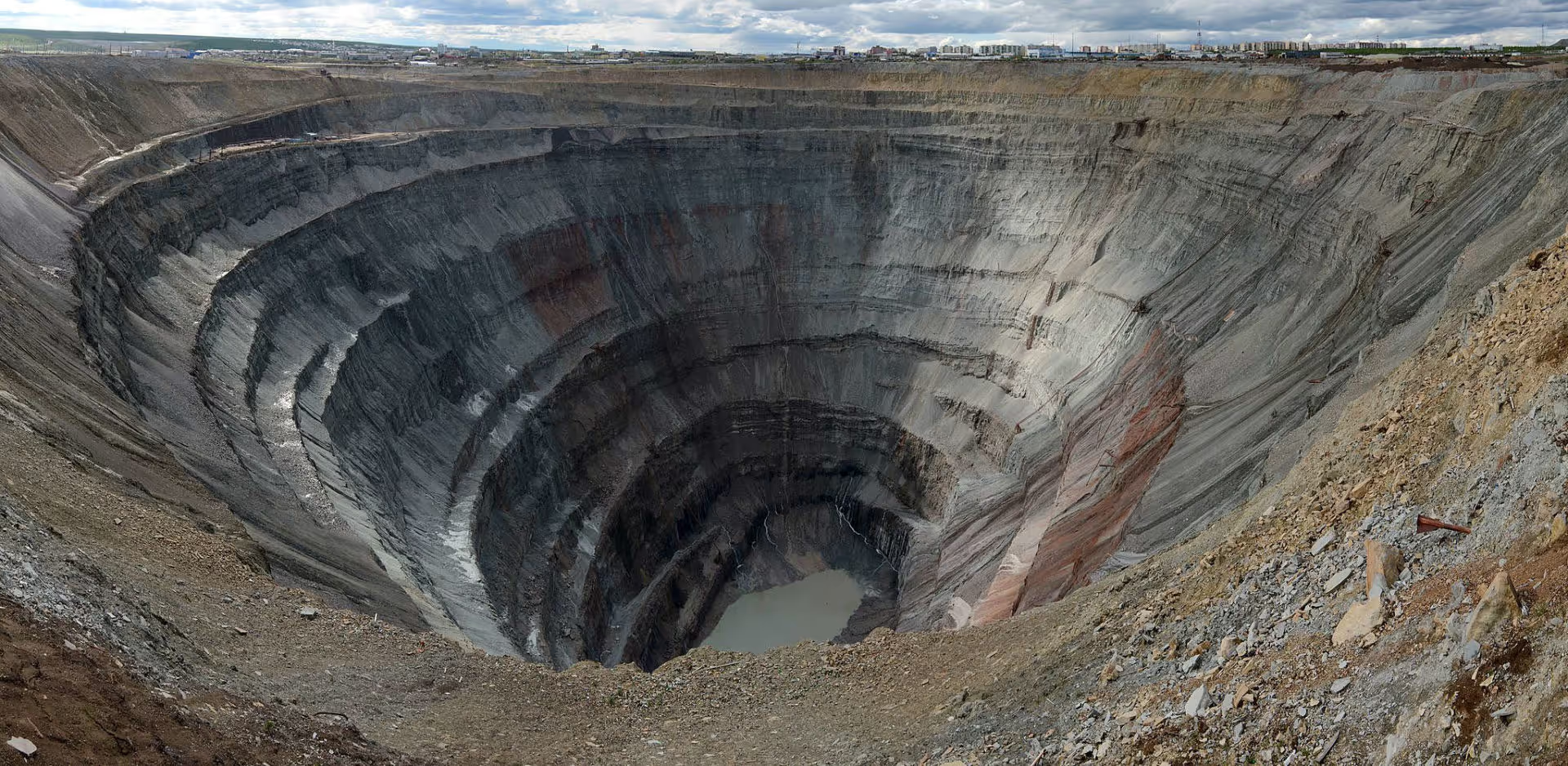WHAT IS THE TECHNOLOGICAL SYSTEM ?
The technological system is the entirety of buildings, infrastructures, factories, and machines constructed since the first industrial revolution. It functions as a system because its components are interconnected and centrally managed. Any change in the state or activity of one component affects the others. The development of this technical system—unmatched in its complexity, power,and global reach—has caused an unprecedented disruption in the course of life on Earth.Various terms are used to describe this system: technological or industrial system (sometimes techno-industrial), industrial civilization (or thermo-industrial), technosphere, technotope, and others. Among these,"technological (or industrial) system" seems to be the most clear and accurate.
GENERAL CHARACTERISTICS OF THE TECHNOLOGICAL SYSTEM
We have compiled key characteristics of the techno-industrial system that fundamentally set it apart from the tools and techniques of the pre-industrial era. Although it would be difficult to provide an exhaustive list, we believe these elements offer a clear understanding of what defines the techno-industrial system.
NETWORKS OF INFRASTRUCTURE
This is arguably the most defining characteristic of the techno-industrial system, marking a complete break from previous civilizations. Infrastructure networks now link nearly every corner of the planet, including the most remote areas. There are virtually no locations on Earth that remain entirely disconnected from global transport and communication flows. These various types of networks have been layered upon one another as technological advancements have progressed. To efficiently manage the flow of goods and to enhance the speed and volume of exchanges, increasingly sophisticated communication methods have become necessary. All these networks are powered by energy plants. They not only deliver goods and services but also represent a new form of governance over human societies by enforcing total material dependence. Langdon Winner describes this as a "sociotechnical constitution [1]."
THE NEW PANGAEA
Globalized transport infrastructures and constantly circulating machines have created connections between continents that have been separated for millions of years, forming a new Pangaea. Each year, over 90,000 commercial ships transport 10 billion tons of goods across the world’s oceans and seas [2], including 28,000 cargo ships that are over 100 meters long [3]. More than 500 million trucks (with an expected 800 million by 2040) travel the roads and highways worldwide [4]. Additionally, over 27,000 commercial airplanes (with projections of 36,000 by 2033) fill the skies, producing a deafening noise [5].
The immense flows of materials, humans, and non-humans generate significant disruptions for once isolated human and non-human communities. This phenomenon is a major factor in the decline of the remarkable biological and cultural diversity that once prevailed in the pre-industrial world. When cultures and species that have evolved independently for thousands of years are abruptly brought together, many struggle to survive the shock. In an effort to normalize this homogenization of the world, technocracy often associates these cultural extinctions with natural selection. However, any evolutionary biologist will tell you that evolution typically fosters diversity rather than uniformity. The recent trend toward homogenization we are experiencing cannot simply be seen as a continuation of biological evolution; it represents something entirely new: an anomaly, a cancer.


THE TECHNOLOGICAL ENVIRONMENT IS SUPPLANTING THE NATURAL ENVIRONMENT (ARTIFICIALIZATION)
A study published in 2020 in the journal Nature reveals that the combined mass of all constructions, machinery, and infrastructure related to the techno-industrial system exceeded the mass of all living organisms on Earth that same year. This calculation includes plants, which account for 90% of biomass [6]. As a result, the buildings and infrastructures necessary for industrialization increasingly replace the organic and natural environment. The divide between industrial-age humans and the living world is becoming more pronounced [7]. It’s important to highlight that this system covers the Earth with concrete and asphalt at an alarming rate of 20 million hectares annually [8] — an area equivalent to more than twice the size of Portugal disappearing each year.
Machines require the creation of “distinctive worlds”, a concept that Langdon Winner illustrates with the example of automobiles [9]. Cars perform best on smooth asphalt roads rather than bumpy tracks in the Namib Desert. As the number of cars increases, there’s a growing need to design their environments and establish regulations to prevent accidents. The same principle applies to railways,
which needed synchronized clocks in cities connected by the rail network to lower the risk of collisions. Overall, the transition from natural cycles, such as day and night and the changing seasons [10], to mechanical time was crucial for building an industrial system for production and transportation.
EXTRACTIVISM
Large-scale production requires extracting resources in industrial quantities from the Earth's crust, including coal, metallic ores, and primarily non-metallic minerals like sand and gravel. Additionally, materials are essential for constructing and maintaining buildings, energy facilities, transportation systems, and communication networks. In France alone, billions of tons of sand have been extracted for the development of the road and highway system [11]. This is why the industrial system relies entirely on countless extraction sites—mines, factory farms to produce biomass (rubber, oils, wood, meat, fat, andothers), not to mention oil and gas wells. The number of extraction sites is increasing significantly to meet global material demand.

THE LEADING ROLE OF SCIENTIFIC RESEARCH AND ENGINEERING
Scientific research and engineering are the main forces driving the technological system. In essence, scientists discover the laws governing both inert and organic matter [12], and engineers apply this knowledge to create ever more efficient and powerful machines to control that matter. Most experts and technicians have little awareness of—or concern for—the social and ecological consequences of their work. Like many within the industrial system, they are primarily motivated by personal psychological needs, such as seeking social recognition or power. This is likely what led Jacques Ellul to describe technological progress as a “phenomenon blind to the future, in a domain of integral causality [13]. ”
TECHNOCRACY: THE NEW SOCIAL ELITE
Scientists and engineers are both the architects and products of the industrial revolution. They draw their power, prestige, and privileges from the growth and maintenance of the industrial system. Many of the leading industrialists of the 19th and 20th centuries were engineers, chemists, or physicists, or closely collaborated with such profiles. Notable examples of this connection include figures like Henry Ford, the automotive giant; inventor Thomas Edison, who founded General Electric; Belgian chemist Ernest Solvay, who built an industrial empire bearing his name; and French chemist, physician, and politician Jean-Antoine Chaptal, who pushed for the installation of his polluting factories and ultimately, the rise of the chemical industry in France. This trend remains true today—most GAFA billionaires also come from engineering backgrounds.

LAW OF MAXIMUM EFFICIENCY
The drive for efficiency, which is crucial for gaining extra power, has become a core value—if not the central value—of our collective mindset in the industrial age. This obsession is so widespread that we now have countless tools, techniques, and applications designed to optimize our personal life. We need to eliminate any obstacles in the system and fine-tune the human-machine interaction to fit a machine-oriented society. Unlike beauty or other moral concerns, efficiency is something we can measure and quantify. The choice between methods has faded; it’s become automatic. The most efficient method—the one that boosts profits, expands reach, enhances impact, or speeds up growth—always comes out on top.To justify technical progress, proponents of industrialism claim that the system is a continuation of biological evolution. This is far from the truth. Species that achieve high levels of efficiency and power often cause major disruptions in their ecosystems—like overpopulation, resource depletion, and excessive organic waste—and are genrally brought back into balance by regulatory mechanisms, such as epidemics and famines. In this light, the collapses of ancient civilizations due to land artificialization, deforestation, river modification, or reckless resource exploitation can be viewed as the result of evolutionary regulatory processes.
ENERGY AT ANY COST
Energy is the lifeblood of the techno-industrial system, but the similarities to a living organism stop there. For example, while a tree shares its energy with the surrounding forest—through fallen leaves, deadwood, and nutrient exchanges via its roots—the technological system consumes all available energy solely for its own gain, such as building new infrastructure and machines, leaving the land barren for other life. Industrial agriculture is a prime example of this dynamic: biodiversity is eradicated in an area to mass-produce biomass or bioenergy from a single species. Power plants have become a key strategic asset, as increasing energy input directly boosts power. This power is exactly what dominant transnational corporations and industrialized nations seek to preserve their hegemony (e.g., the United States). At the same time, it’s what their rivals strive for to climb the ranks and establish their own dominance (e.g., China). Given this competition, the notion of reducing global energy production without dismantling the techno-industrial system seems entirely unrealistic[14].

AN INDIVISIBLE SYSTEM
Some people think they can separate the benefits of technology from its drawbacks—they want to have their cake and eat it too. They dream of having nuclear energy without the threat of atomic bombs, a modern healthcare system without the constant risk of pandemics, and modern comforts without harming the planet's ecosystems. This viewpoint overlooks the rigidity of the system, the laws that govern its functioning, and its inherent nature.
AN OUT-OF-CONTROL SYSTEM
We've already touched on this point before. As society becomes more industrialized and functions according to the mechanical laws of machines, the illusion of absolute control seems to take hold of people's minds. Technocracy, which excels at depoliticizing the societal problems it generates, actively promotes this illusion of being able to steer the “Spaceship Earth[15].”
It’s clear that as industrialization advances, both the power and complexity of the system increase, leading to greater instability around the world: the two largest conflicts in history happened in the 20th century; local conflicts are breaking out everywhere over raw material issues; we’ve seen unprecedented levels of genocide and ethnocide [16]; industrial greenhouse gas emissions are throwing the climate out of balance; pollution is harming ecosystems; technological progress continuously destabilizes society, communities, and families; and terrorism and organized crime are flourishing thanks to new technologies, among other issues.
The explanation is simple. Human societies are complex systems, especially technologically advanced ones. Predicting how these complex systems will respond to changes is impossible. his inability to foresee the evolution of a complex system makes any planning for the development of a society impossible.
IF YOU WANT TO LEARN MORE ABOUT THE TECHNOLOGICAL SYSTEM, JOIN US FOR OUR TRAINING SESSIONS.







